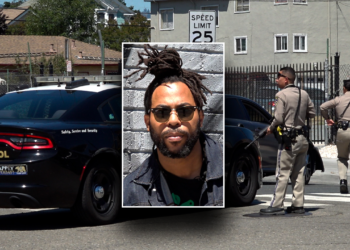Politically speaking, 1998 was a watershed year for California.
The 20th century was drawing to a close – a century in which Republicans had largely dominated the state’s politics, including three iconic governors: Hiram Johnson, Earl Warren and Ronald Reagan.
When Gray Davis won the governorship in 1998, he was the first Democrat to do so in 20 years and only the fourth in the entire century. However, his election marked the beginning of a new political era in which Democrats would become utterly dominant, acquiring all statewide offices and supermajorities in both houses of the Legislature and the state’s congressional delegation.
Although local offices in California are officially nonpartisan, Democrats also became dominant in county boards of supervisors, city councils and school boards. Meanwhile, the ranks of Republican voters and officeholders shriveled into irrelevancy.
Not only has the Democratic Party achieved hegemony at all levels, but it has moved decidedly to the left – so much so that in 2016 it refused to endorse a long-serving Democratic U.S. senator, Dianne Feinstein, for re-election and opted for her challenger, Kevin de Leon.
Self-proclaimed progressives dominate the Legislature and happily partner with history’s most outwardly left-leaning governor, Gavin Newsom, to enact policies and programs he describes as unique and potentially global in reach.
In his spare time, Newsom engages in verbal sparring matches with governors of states, such as Florida and Texas, that were sliding to the right as California was drifting to the left during the first decades of the 21st century.
While academics and pundits debate the reasons why California politics have changed so dramatically over the last-quarter century, new research indicates that it is not an isolated phenomenon.
Political polarization at the federal level is self-evident – such as the virtual 50-50 split in both houses of Congress between very liberal Democrats and very…
Read the full article here







